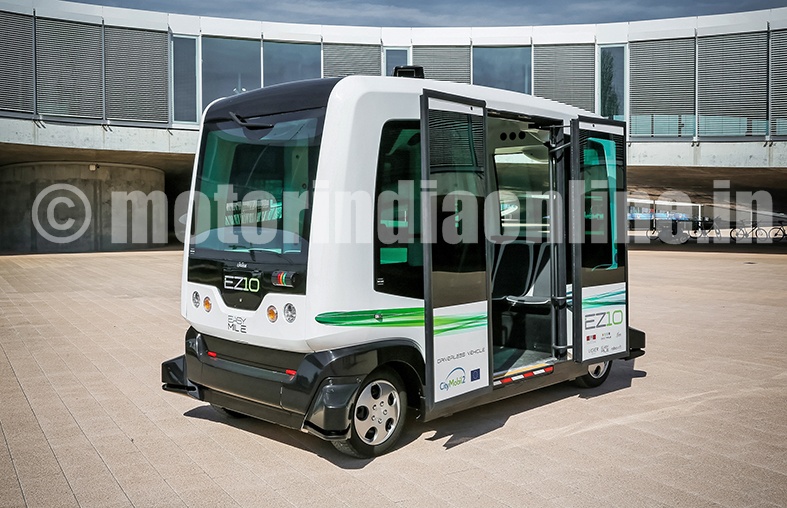One of the world’s first driverless bus test runs is operating in the Hernesaari district of Helsinki, with the goal of supplementing public transportation.
Residents of Helsinki, Finland will soon be used to the sight of buses with no drivers roaming the city streets. One of the world’s first autonomous bus pilot programs has begun in the Hernesaari district, and will run through mid-September.
Finnish law does not require vehicles on the road to have a driver, making it the perfect place to get permission to test the Easymile EZ-10 electric mini-buses.
“This is actually a really big deal right now,” Harri Santamala, project manager at Metropolia University of Applied Sciences and the test project lead, told a local news outlet. “There’s no more than a handful of these kinds of street traffic trials taking place, if that.”
The robotic buses could be used in addition to existing public transportation options in the future, Santamala said. “Their purpose is to supplement but not to replace it,” he added. “For example, the goal could be to use them as a feeder service for high-volume bus or metro traffic… In other words, the mini-bus would know when the connecting service is coming and it would get you there on time.”
Last year, Hernesaari’s neighboring Finnish city Vantaa deployed similar autonomous buses during a housing fair—but they only operated on routes shut off from other traffic. In contrast, Hernesaari is a more high-traffic area. People in cars will have to get used to navigating behind the robot buses, whose average speed is just over six miles per hour.
It’s not clear if EasyMile will have a safety driver or override system in place if something goes wrong.
